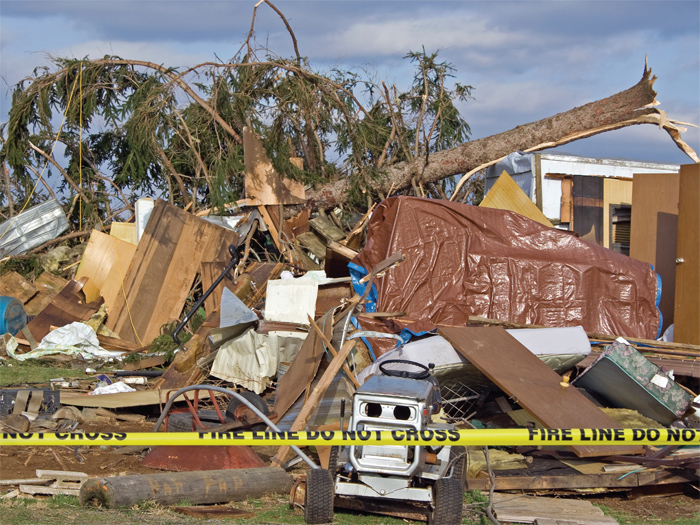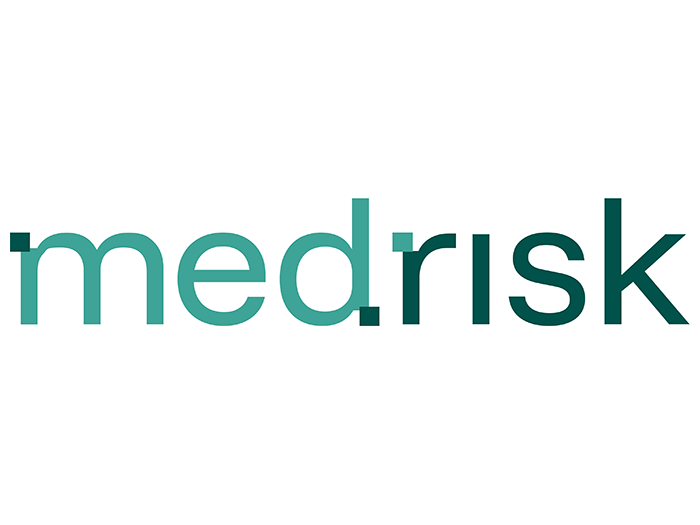Natural Catastrophe Losses Set to Reach $145 Billion in 2025, With 1-in-10 Risk of $300 Billion Peak Year

Global insured losses from natural catastrophes are projected to reach $145 billion in 2025, continuing a long-term trend of 5-7% annual growth, with a 1-in-10 probability of exceeding $300 billion in a “peak loss” year, according to a new analysis from Swiss Re Institute.
The trajectory of natural catastrophe losses shows no signs of slowing, with 2025 already beginning with unprecedented wildfires in Los Angeles County that triggered approximately $40 billion in insured losses in January alone. This follows 2024’s $137 billion in global insured losses, marking the fifth-consecutive year with losses exceeding $100 billion.
According to Swiss Re, the drivers behind this steady increase include:
- Expanding urbanization and population growth in hazard-prone areas.
- Rising property values and higher reconstruction costs.
- Climate change effects compounding losses for certain perils.
- Technological factors like rooftop solar installations increasing vulnerability to severe convective storms.
Severe convective storms (SCS) continue to be major loss contributors, with global insured losses from these storms reaching $53 billion in 2024 – the second consecutive year that SCS insured losses have exceeded $50 billion. The U.S. remains particularly vulnerable, but other regions like Canada and Japan are experiencing record SCS losses as well, Swiss Re noted.
Peak Loss Volatility Creates Market Uncertainties
While secondary perils — like floods, wildfires, and severe convective storms — contribute to steadily rising annual losses, primary perils (major earthquakes and tropical cyclones) pose the greatest risk for catastrophic deviations from trend, according to Swiss Re. Analysis of the past 30 years reveals five peak loss years – 1999, 2004, 2005, 2011, and 2017 – where losses from primary perils were more than double the trend value.
The absence of peak loss years since 2017 should not be misinterpreted as decreasing risk, Swiss Re said. Historical patterns demonstrate that primary peril losses vary considerably year-to-year, with occasional extreme spikes. For instance, in 2005, primary peril losses reached 680% above trend, primarily due to Hurricane Katrina.
With today’s exposure values, a single primary peril event – whether a hurricane striking Miami or an earthquake hitting Tokyo – could potentially cause insured losses exceeding $100 billion. Such scenarios represent significant threats to insurance market stability and highlight why the projected 1-in-10 probability of exceeding $300 billion in 2025 demands serious attention, the reinsurer noted.
Additionally, protection gaps remain a significant concern, with approximately 57% of total economic losses from natural catastrophes uninsured in 2024. This gap is particularly evident in flood-prone regions, as demonstrated in 2024 when Hurricanes Helene and Milton struck areas with low flood insurance penetration, resulting in economic losses more than double the insured figure.
Reinsurance Capital Provides Resilience Against Peak Loss Scenarios
Despite these alarming projections, the global re/insurance industry appears well-positioned to absorb a potential $300 billion loss year, according to Swiss Re:
- Traditional reinsurance sector capital currently exceeds $500 billion.
- Leading reinsurers maintain average solvency ratios above 250%.
- A $300 billion peak loss would reduce reinsurer solvency ratios by approximately 40 percentage points, leaving the industry still well-capitalized.
- The primary P&C insurance market, with estimated capital around $1.8 trillion, would bear the majority of claims.
Alternative capital provides additional protection, with the cat bond market growing at approximately 7% annually since 2015 and expected to exceed $50 billion in 2025, according to Swiss Re. This market primarily addresses peak risks and offers retrocession coverage for reinsurers, the report noted.
To maintain resilience against increasingly costly catastrophes, both traditional and alternative reinsurance capital must grow in pace with rising exposures, Swiss Re said. This requires the industry to earn its cost of capital over longer time periods, with profitable years balancing peak loss years.
Risk reduction strategies remain critical for long-term sustainability. Adaptation measures like improved building codes, better flood protection infrastructure, and innovative risk analytics can significantly reduce vulnerabilities, according to Swiss Re. For example, the report noted, after Florida implemented stricter building codes, Hurricane Ian’s loss potential in 2022 was reduced by 30-35%, despite significant population growth in affected areas.
View the full report here. &








